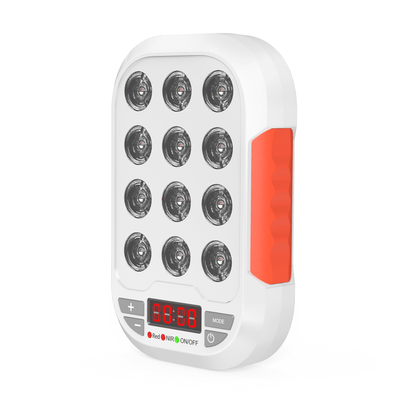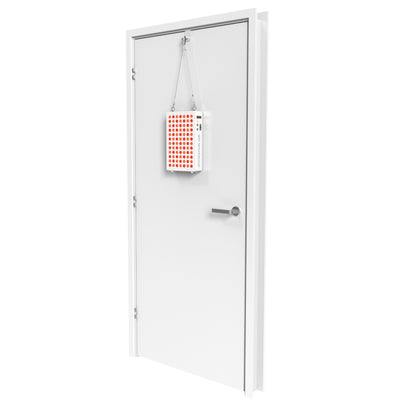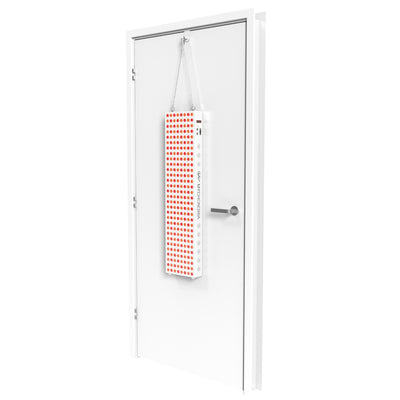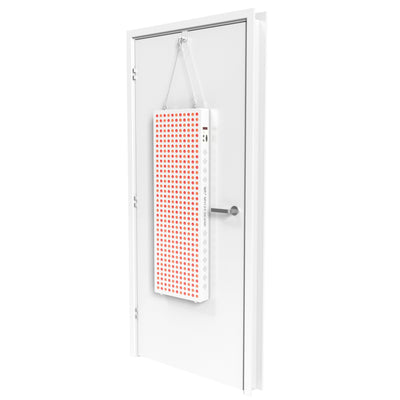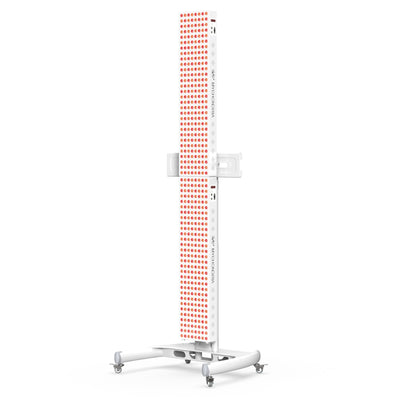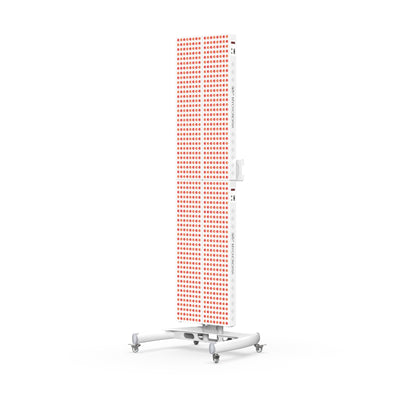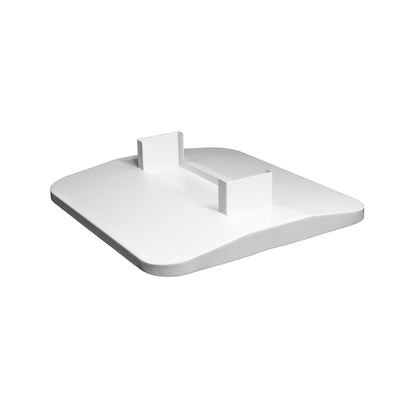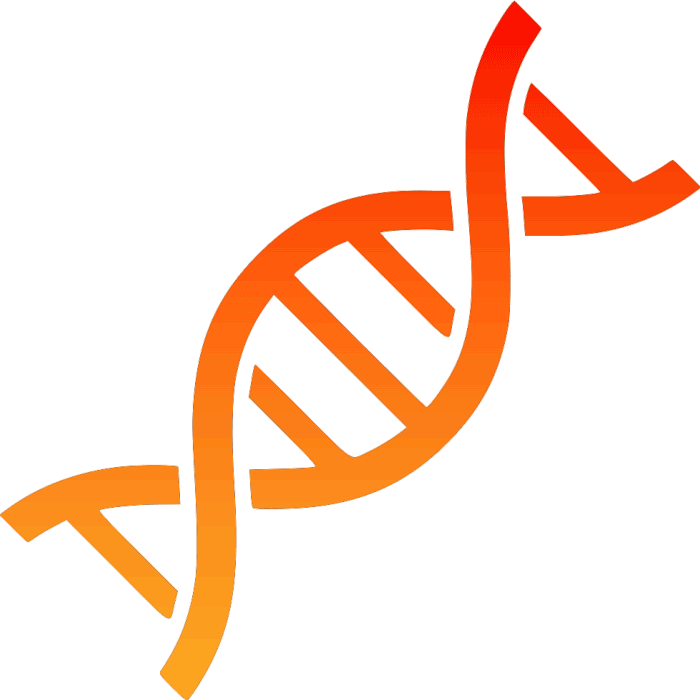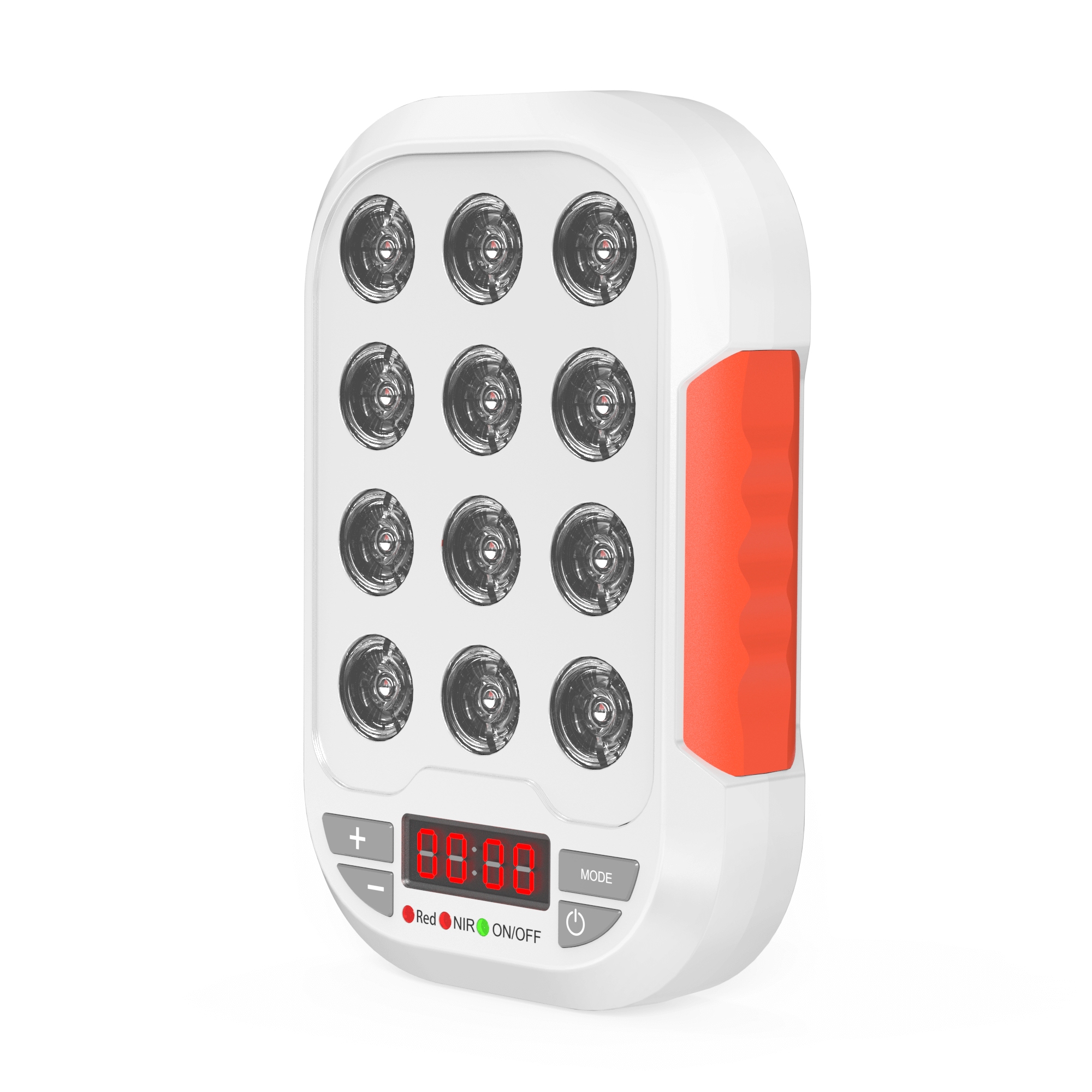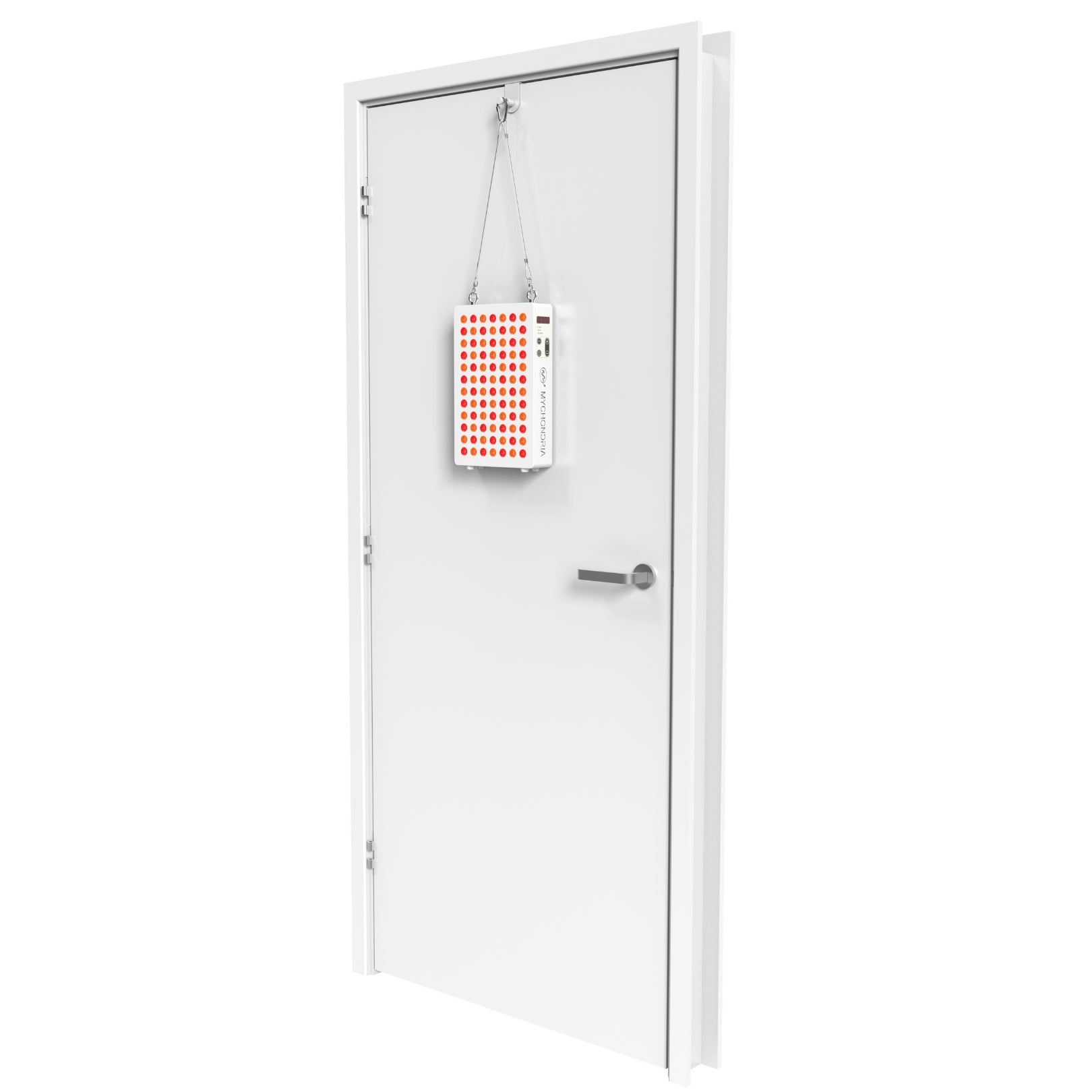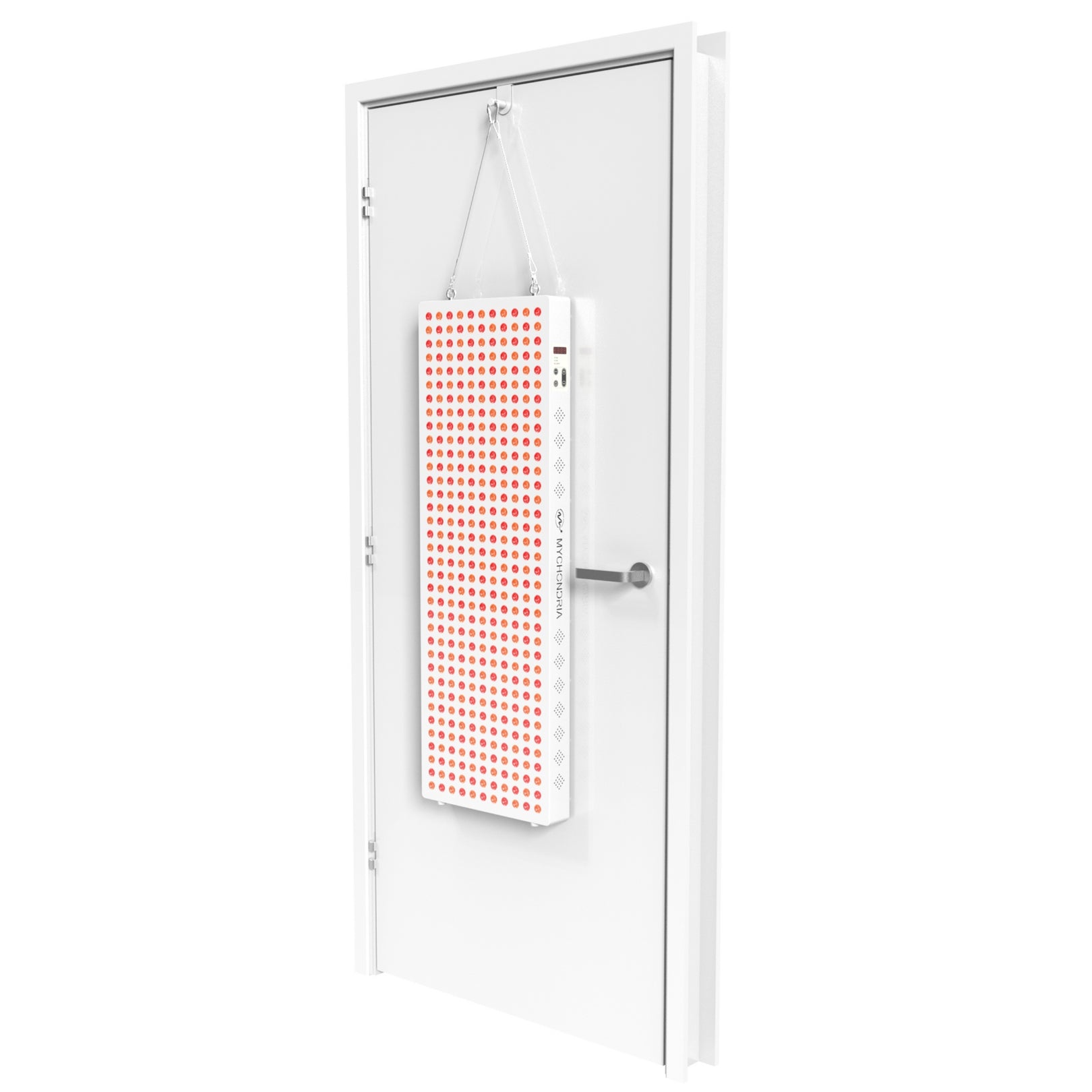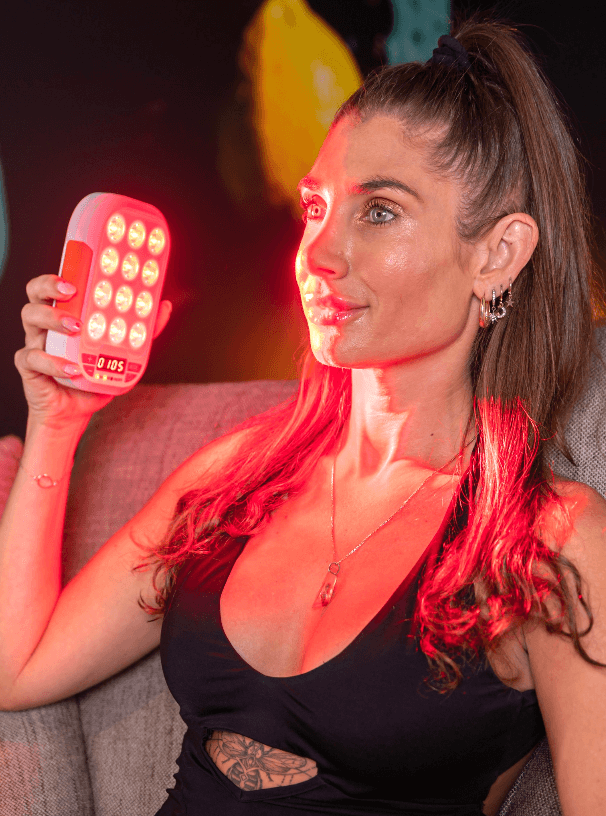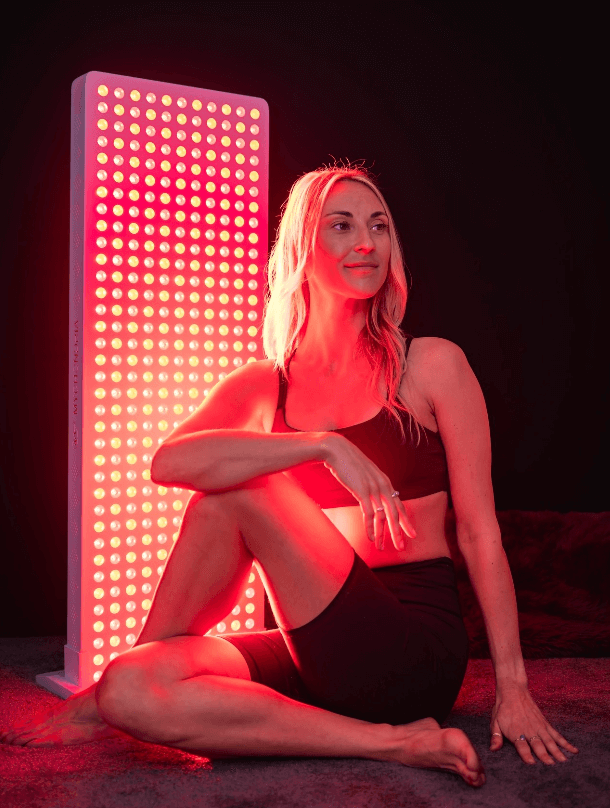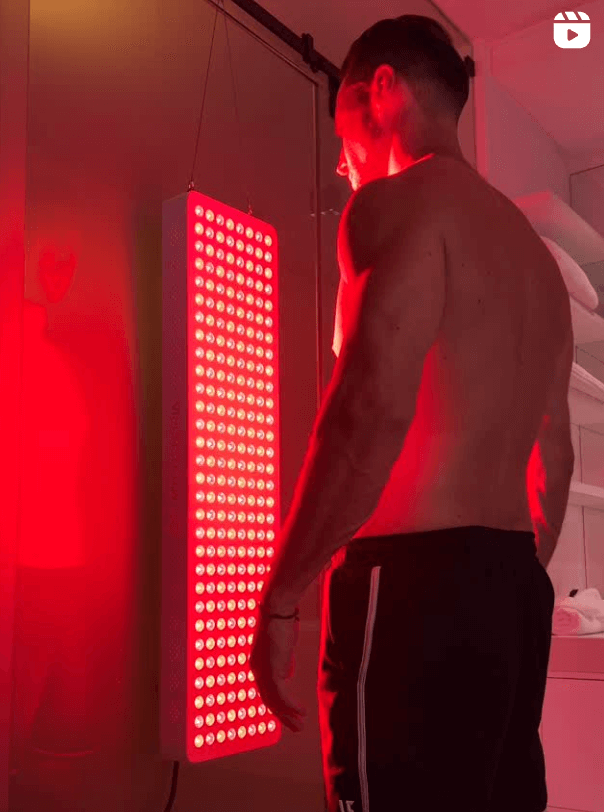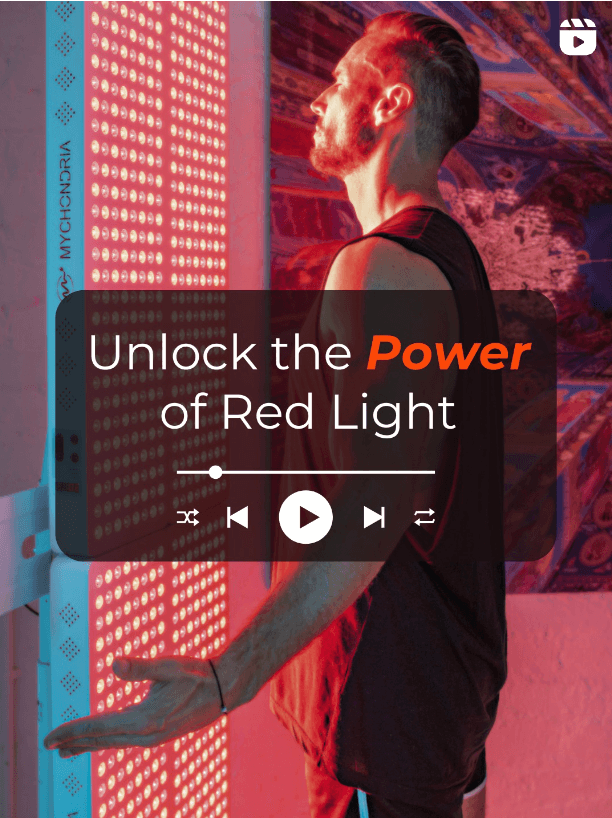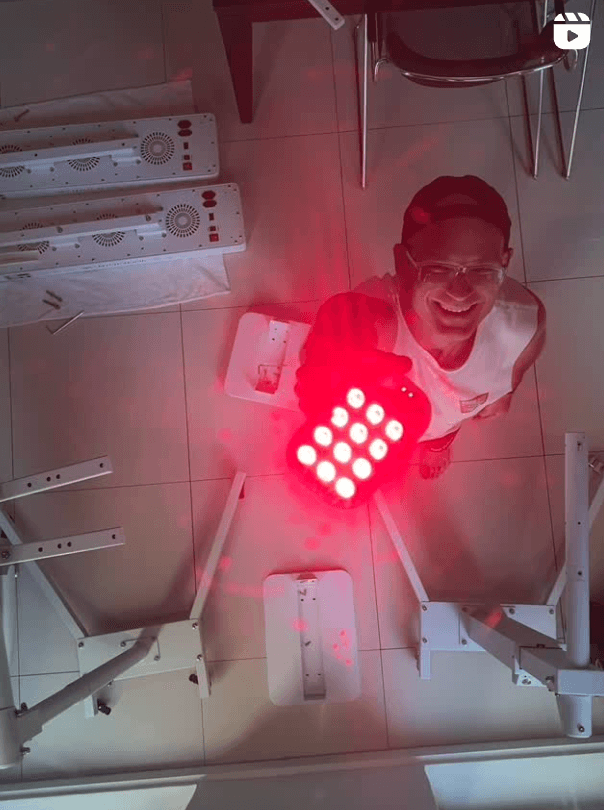Caught Red-Handed: How Most Red Light Therapy Companies Lie About Their Light Intensity
Most people don’t realize this — but the numbers on your red light therapy device might be completely fake.
And in a largely unregulated industry, it’s surprisingly easy for companies to make big claims without any proof.
In this blog, we’ll break down:
- How companies are faking their light intensity specs
- What tools they’re using (and why they’re wrong)
- A live test showing just how far off they can be
- How you can protect yourself from wasting money
⚠️ Spoiler: One brand claimed 60 mW/cm² — but tested at only 14.38 mW/cm².
This isn’t just a small difference. It’s a deal-breaker.
📌 TL;DR:
- Most red light therapy companies exaggerate their specs using solar meters — which aren’t designed for LED panels.
- They rely on misleading tests that dramatically overestimate the light intensity (sometimes by 3–4×).
- Mychondria uses lab-grade spectrometers to give you real, clinical results — not party lights with fake numbers.
🚨 The Big Lie: Inflated Numbers, Cheap Devices
Imagine this: You start a red light therapy company. But instead of building a device that works, you take a shortcut.
You buy a cheap red light panel, make it look fancy, and then slap on a number like “100 mW/cm²” based on zero real testing. Then, you point to the 8,000+ clinical studies and say your product is backed by science.
This is exactly what most brands are doing.
They’re selling party lights and using medical studies to sell them — all without doing proper testing or offering true therapeutic power.
👂 The Stadium Analogy (Why This Happens)
Imagine walking into a stadium with your eyes closed. You hear two people shouting — and you assume the entire stadium is full of fans. But when you open your eyes, it’s just those two people.
This is exactly how a solar meter works. It hears “noise” (a bright red spike in light) and assumes there’s a full spectrum of light — blue, green, orange, infrared. It adds it all up and spits out a high number.
But it’s wrong.
Solar meters are made to read sunlight, not targeted red or near-infrared LEDs. When used on red light therapy panels, they produce wildly inflated readings.
🧪 A Real Test: What This Looks Like in Action
We tested a panel from a popular brand that claimed 60 mW/cm² at 5 inches.
Using a spectrometer — the correct tool — we measured only 14.38 mW/cm².
That’s less than 25% of the claimed intensity.

So yes — the majority of panels out there are promising results they simply can’t deliver.
🔍 How to Tell If a Brand Is Lying
There’s one big clue that gives it away:
- ❌ They don’t say what tool they used for testing
- ❌ They only mention “light intensity” — no details, no chart, no method
- ❌ They point to studies, but not their own results
If a company is actually using spectrometer testing, they’ll brag about it. Why? Because it costs more to produce a clinical-grade device. If they’ve gone to the trouble, they’ll want you to know.
Otherwise, you’re likely looking at just another overpriced LED party light.
🎥 Watch the Full Live Test
Want to see exactly how these tests are done — and how some brands get caught out?
We filmed the entire process. Watch below to learn how to spot fake specs — and what real performance actually looks like.
The Bottom Line
Light intensity is not just a number — it determines whether your therapy works.
If a panel doesn’t deliver real, clinical doses, it won’t give you the results you’re looking for — no matter how great the reviews sound or how many “studies” they quote.
So ask the hard questions. Demand real data. And choose a device that’s been tested properly.
🔥 Featured Product: MyLight MIDI 2.0

The MyLight MIDI 2.0 is engineered to deliver true clinical-grade light — no guesswork, no inflated numbers. It uses 630nm, 660nm, and 850nm wavelengths with real spectrometer-tested intensity at 6 inches.
Shop Now